Consumers feeling the brunt of ballooning gasoline hikes
 |
| The rise in gas prices is never-ending at the moment, photo Le Toan |
Nguyen Thang, a driver for a motorbike taxi company, described his frustration at a petrol station while patiently waiting for his turn to fill up after a long shift.
“I previously bought VND 50,000 ($2.17) and the bottle was full. Now one bottle is up to VND80,000 ($3.47) and no doubt tomorrow it will be even higher,” said Thang.
Information that fuel prices were continuing to rise caused congestion at petrol stations in Hanoi and Ho Chi Minh City through last Thursday and Friday. After six consecutive price rises since the beginning of this year, the seventh time saw a record price in Vietnam of $1.30 per litre.
Compared to the same period last year, the price of the fuel has increased 40-45 per cent, leading to an increase in the prices of a number of items including food, consumer goods, and transportation services.
Ngo To, a small trader at a market in Ba Dinh district of Hanoi, said that the price of imported goods has also increased by 15 per cent since the price of gasoline began to skyrocket, but the purchasing power of customers has weakened, so she only increased 5 per cent of the selling price, while remaining 10 per cent must be self-balanced.
“The store’s revenues have fallen four times over compared to last year,” To said.
The storm of gasoline prices not only affects the pockets of consumers but is also eroding the profits of small businesses and makes many large enterprises struggle to find ways to cope with price stabilisation pressure, especially in retail.
A representative of Lotte Mart Vietnam said it is negotiating with suppliers to extend the time to apply new prices. “We are taking advantage of the remaining stock to try to keep the old prices as long as possible, but with the current pressure of increasing input costs, the market will soon have a new price adjustment,” said the representative.
AEON, a retailer known for its price stabilisation programme, has yet to receive a price increase proposal from many suppliers.
“Commodity prices in the AEON Vietnam system have not changed much. But if the price of petrol continues to increase, it may affect the input costs of suppliers for the production and transportation stages, especially for seasonal products and fresh goods,” said purchasing director Bui Trung Chinh.
ORFARM’s organic food store chain confirmed that it is being affected by the increase in delivery costs. Previously, each free shipping order from ORFARM was only VND20,000 (87 US cents) but can now more than double up to 50,000 ($2). However, this brand still applies the same free ship policy for orders of VND 500,000 ($21.70) or more as the old policy.
“Increasing the value of free shipping orders or collecting additional shipping fees from customers can make customers unhappy,” Quynh Anh, director of sales at ORFARM shared. “Shipping and other logistics fees are also increasing by the hour.”
The big hike in price of petrol may even disturb the labour force in the transportation and transport sectors.
Gojek driver Tien Dung said, “If the price of petrol increases by more than VND30,000 ($1.30) per litre, I will quit my job because the demand for booking cars from customers is gradually decreasing. They only seem to order now if urgent, and after booking they all complain about the price. With subsequent low ratings, we are not paid as much commission.”
What the stars mean:
★ Poor ★ ★ Promising ★★★ Good ★★★★ Very good ★★★★★ Exceptional
 Tag:
Tag:
Related Contents
Latest News
More News
- Growth beckons for GenAI startups in Vietnam (November 21, 2024 | 17:47)
- SABECO to elevate Vietnam's beverage industry to global standards (November 21, 2024 | 17:36)
- ABeam Consulting Vietnam introduces BSQCD Purchasing Strategy Framework (November 21, 2024 | 16:40)
- Major railway requires debt considerations (November 21, 2024 | 12:07)
- Reviving a new life cycle for plastic waste (November 21, 2024 | 09:16)
- Key balances maintained for industrial production (November 21, 2024 | 08:00)
- Ecolean Vietnam honoured with prestigious sustainability award (November 19, 2024 | 10:01)
- HEINEKEN Vietnam’s clear path towards net-zero (November 18, 2024 | 15:13)
- VLCA 2024 honours corporate governance excellence as listed companies raise the bar (November 18, 2024 | 09:00)
- High-tech personnel to drive competition (November 17, 2024 | 09:21)




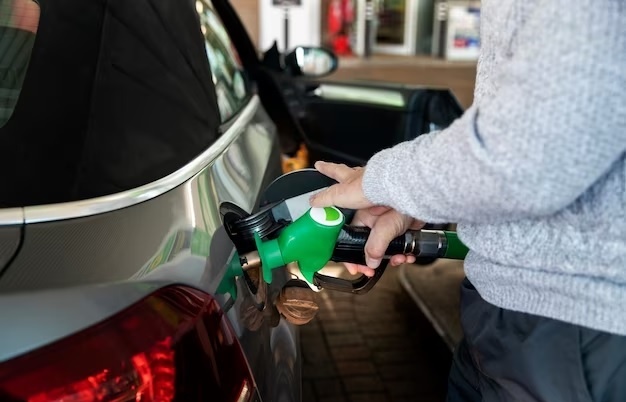
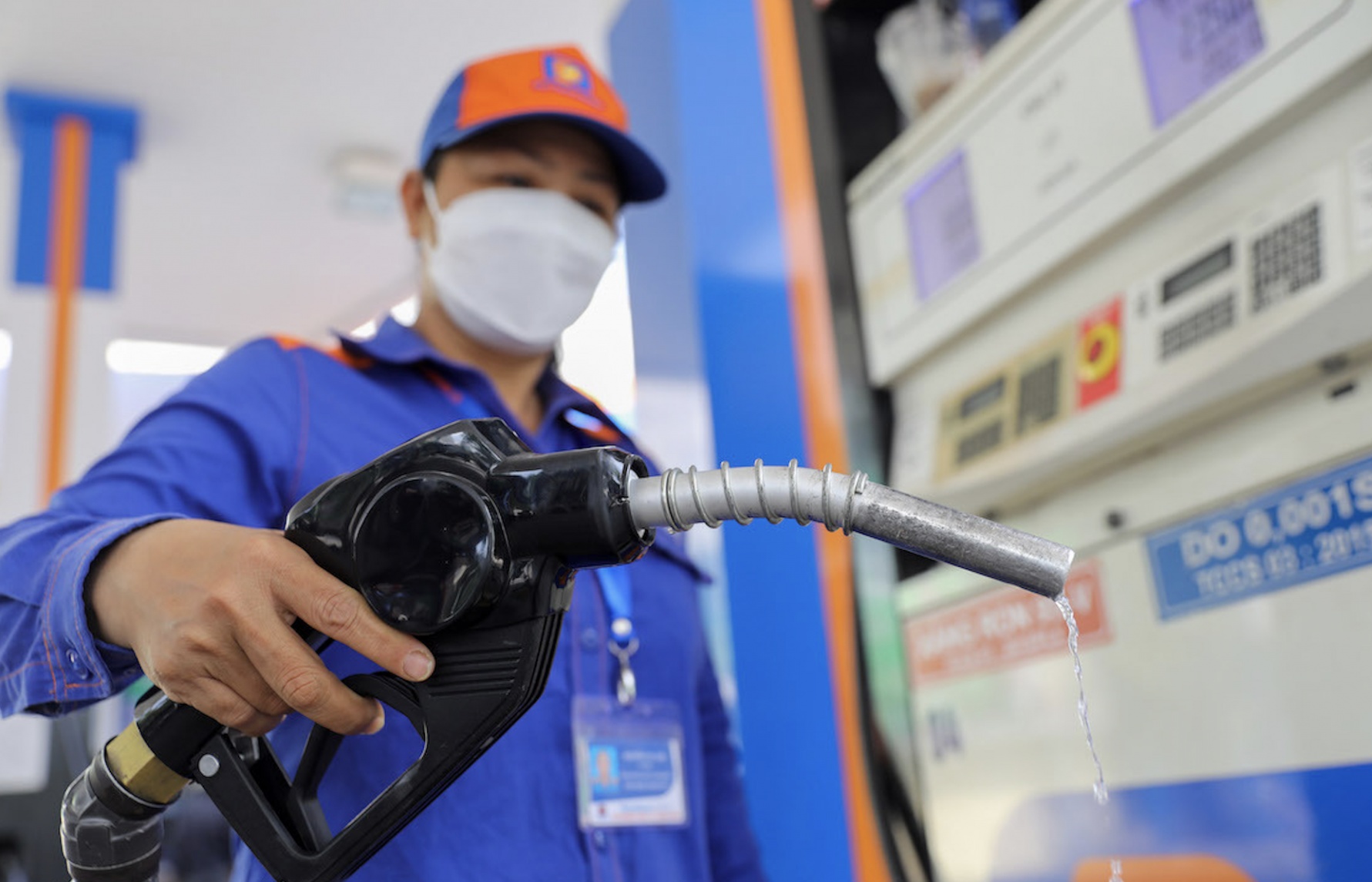
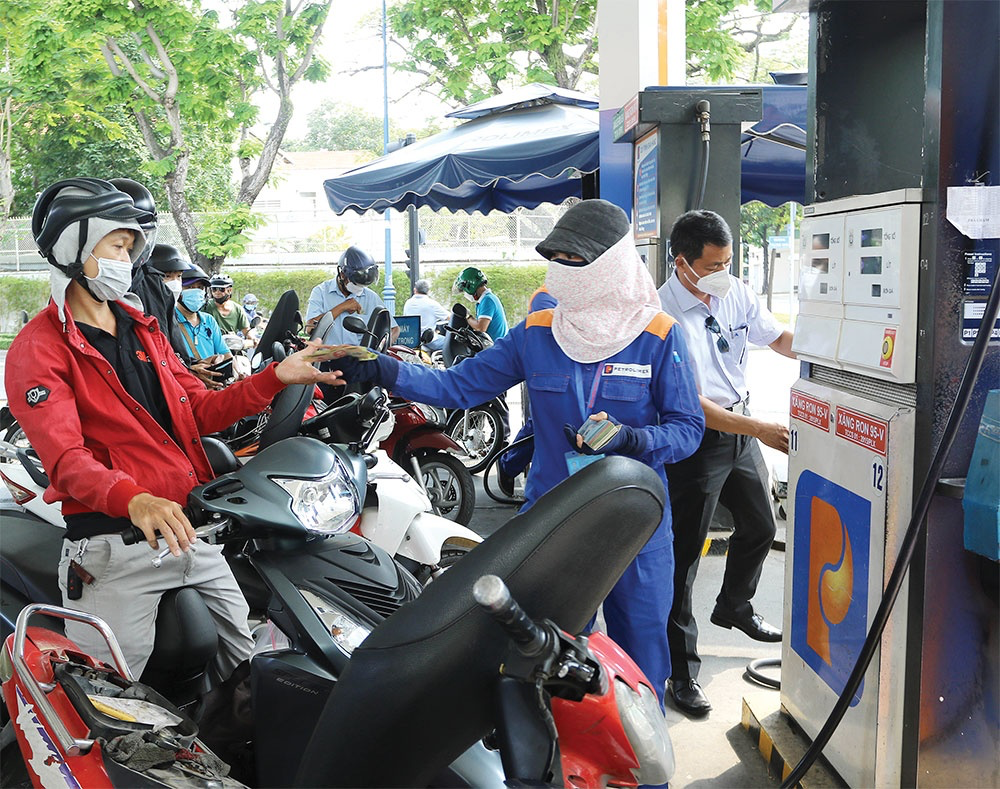
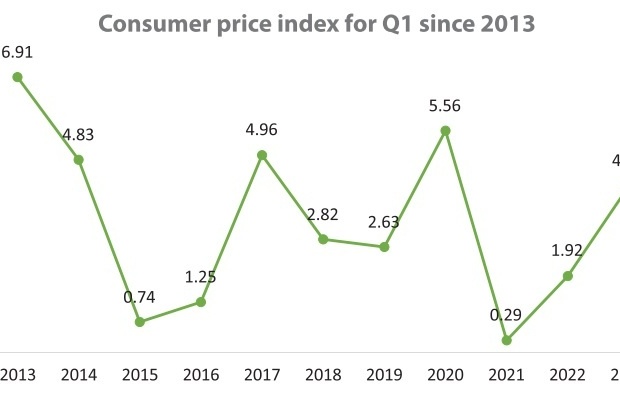
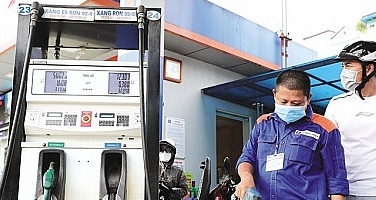
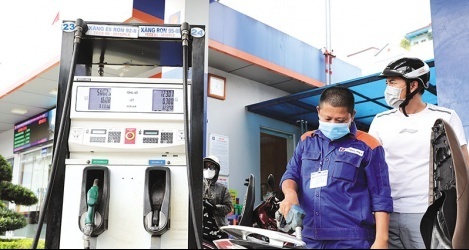














 Mobile Version
Mobile Version